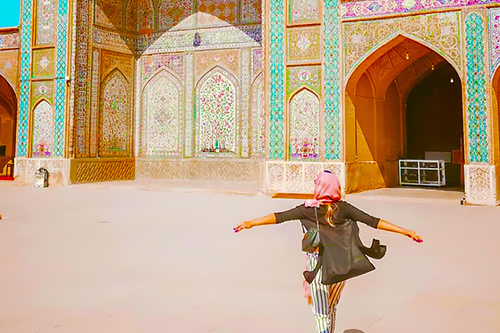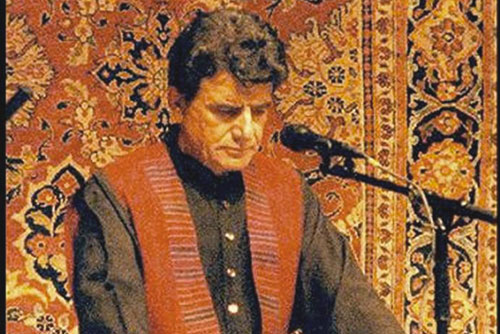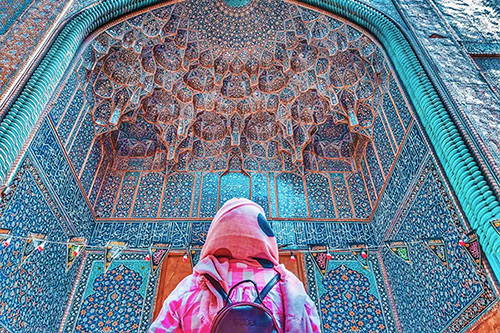 Signin with Google
Signin with Google Signin with Facebook
Signin with Facebook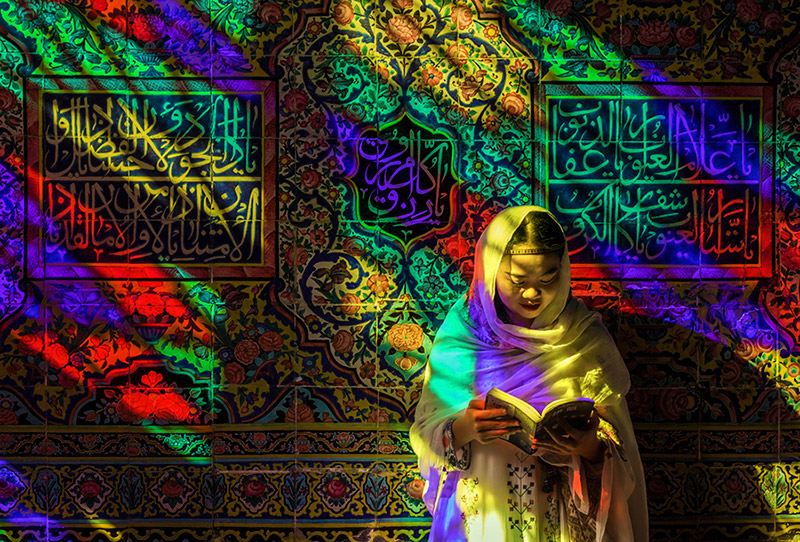 About Iran
About IranTraditional Musics of Iran
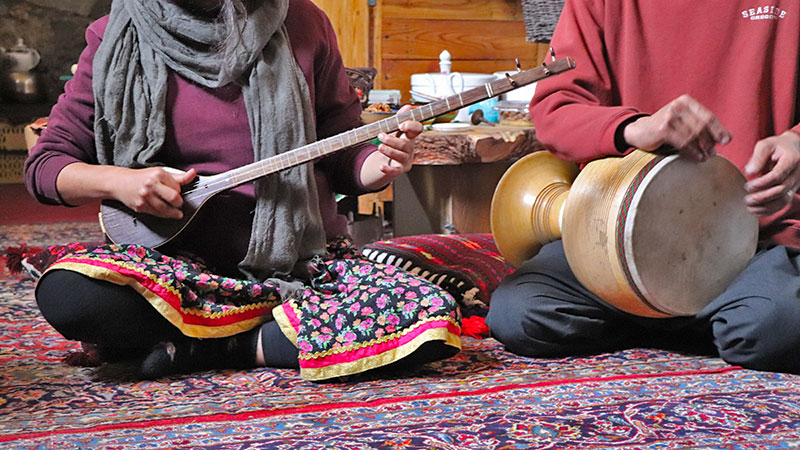
Iranian traditional music is rich and holds a deep spiritual dimension. The tradition of Persian music dates back to many centuries ago, and plenty of instruments have been created in Persia. Entering the world of Persian classical music is stepping into a world that arouses all the senses.
The history of Persian Music
Archaeological evidence shows that the development of music in Iran finds its origin in its first civilizations. Instruments, texts, and paintings testify from the emergence of musicians as far as the Elam civilization. Even if we have few pieces of information about the tradition of music under the great Persian Empire of the Achaemenids, we know that it was already a central part of the court's life. Greek historians have written that before fighting against the Assyrian army, Cyrus the Great sang a heroic hymn and it was a brass band that announced the attack. In Iranian mythology, the glorious king Jamshid is credited for the invention of music.
It's during the Sassanid era that Persian music finds its authentic roots, and many documents from this period testify of its importance. Musicians are depicted, for instance, in several Sassanian bas-reliefs, such as Taq-e Bostan, in Kermanshah. At that time, music was not a simple entertainment for the court but was seen as a way for men to communicate with God.
Many famous musicians lived by the Sassanian court, among which one of the founding fathers of Iranian music, Barbad. This highly respected poet and musician played for king Khoswro II and he is considered the inventor of the musical tradition, as we know it today.
Under the Qajar Dynasty, many famous musicians contributed to developing the art of Persian music. In the same time, as the Qajar kings were particularly attracted by Western countries, influences from the musical principles of the West started to enter the traditional music of Iran. Mirza Abdollah, a tar and setar player of the Qajar court, has played a major role in establishing Persian music by teaching it in conservatories and universities. He is viewed as one of the most significant musicians in Iran's history.
What is Iranian music?
Traditional Persian music is based on a series of modal scales and tunes. The repertoire, which has been fully developed in the 19th century, is called "Radif": it is based on seven modes called "Dastagh", with many sub-modes, and five derivated modes called "Avaz". These modes contain more than 200 short melodic motions, called "Gushe", which are succeeding to each other in a specific order.
This traditional and unique repertoire, the "Radif of Iranian music", has been listed by UNESCO, in 2009, as an element of the Intangible Cultural Heritage of Humanity.
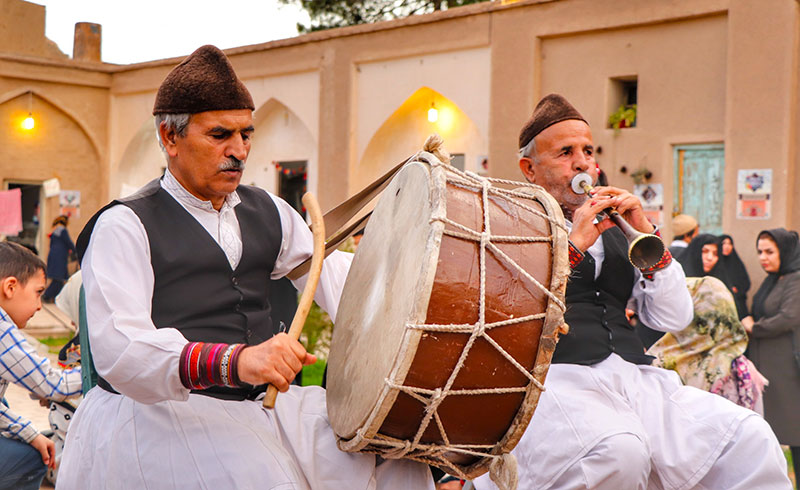
Musicians follow these modal scales and tunes while improvising on them. This way, artists can express various emotions following their own inspiration. Traditional performance usually consists of five parts: the prelude, the melody, the rhythmic part, singing, and the final rhythmic composition.
The Spiritual dimension of Persian music
During the time of the Persian Empires, music held a significant spiritual role. In Zoroastrianism, which was the main religion of most Persian kings, singing is a major part of the religious practice, as the "Gathas", the five hymns of Zoroastrianism, are sung.
The arrival of Islam in Persia had an impact on the practice of music in Iran, as it was restricted to private celebrations and military parades. Besides, music in Islam mostly takes place for the recitation of the Quran. However, the cultural tradition of music in Iran has been perpetuated, taught mainly from masters to apprentices, and thus traditional music has gradually blended with religious practices. Music is, for instance, a major part of the Tazieh, the theatrical representation of the death of Imam Hossein, and religious song and music accompany the practice of sport in Zurkhanehs.
Music is also a major part of the religious practice in Sufism, the mystical branch of Islam. It is used to reach a state of contemplation, and to express spiritual and ecstasy states through meditation. Sufi music, as well as Persian traditional music, has been inspired by the work of renowned Iranian Sufi poets, such as Hafez and Rumi, and incorporate many of their works as lyrics.
Cultural and regional influences on music
As a rich multicultural country, the traditional music of Iran has also been influenced by its neighbouring countries. Regions close to the borders show cultural influences in the melodies, rhythms, songs, and even instruments, coming from Turkmenistan, Turkey, Arabs countries, India, Pakistan, etc.
Within Iran itself, various ethnic groups have developed their own folk music in small cities, villages, and tribes. Folk music is an oral tradition only, and lyrics carry local beliefs and traditions. Abolhasan Saba, a student of Mirza Abdollah and one of Iran's most influential figures in traditional music, has contributed a lot to the preservation and valorization of folk music of Iran. He played most Iranian instruments at the highest level and travelled throughout all the country to learn traditional music from locals.
Close to its spiritual meaning, music in Iran can also be something that cures people. It's the case for the Zar ceremony, practised in the South of Iran, on the coast of the Persian Gulf, and which finds its roots in Africa. This exorcism ritual is done by playing music which brings the master and the person to be healed in a state of trance.
Traditional Persian Instruments
Iran possesses hundreds of traditional instruments, mostly string and percussion instruments. Most of them have spread to the whole region under the Persian Empires, up to Europe and Asia thanks to the Silk Road merchants. The following instruments are among the most iconic of Iranian traditional music:
- The Ney is an end-blown flute that is 5000 years old, thus, the oldest musical instrument still in use. Persian neys have six holes and one thumb hole.

- The Santur is a percussion-stringed instrument, with 72 metallic strings stretched over a trapezoidal resonant soundboard. The player uses two small spoon-shaped mallet hammers to hit the strings. This instrument was exported to many parts of the world, such as India, China, and Greece.
- The Setar is a member of the lute family, with four strings. It is played with the hands. It produces an intimate and warm sound.
- The Tar is a kind of lute, with six strings. Invented in the 18th century, it has become one of the most important musical instruments in Iran and the region. It is the favourite instrument to play solo traditional music or accompany songs.
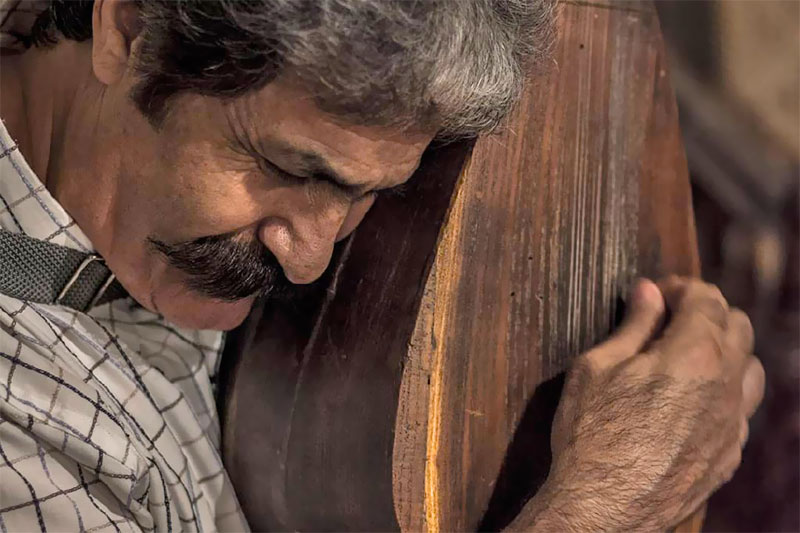
- The Kamancheh is a string instrument played with a bow. It is a traditional instrument of Armenian, Azerbaijani, Turkish, and Kurdish people. It is an ancestor of violin instruments.
- The Tanbur is another type of lute, with two or three strings. It is the sacred instrument of Kurdish people and thus has a major role in the folk music of Kurdish areas of Iran.

- The Daf is a round frame drum with metal ringlets attached to it. Originally the instrument of Kurdistan's Sufis, it usually accompanies singers and players of tanbur, setar, and other instruments.
- The Tonbak is of the major drum instruments of Persian music. It is played with the hands and positioned diagonally across the player's torso.
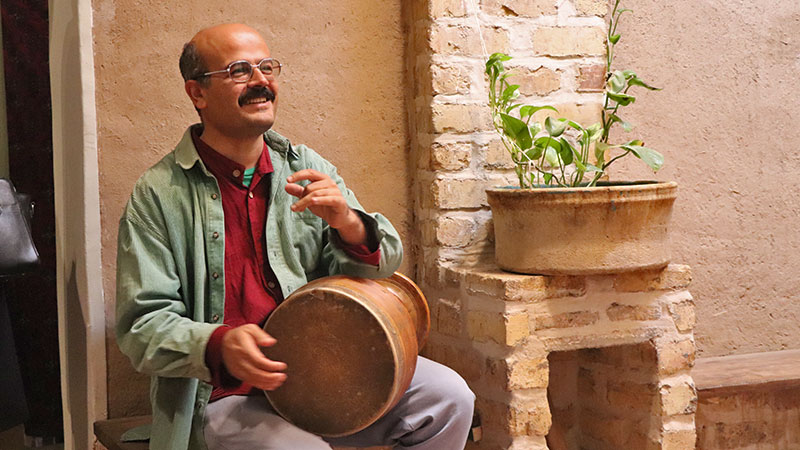
The Tradition of Persian classical music is still vividly alive in Iran, from highly respected masters to folk music played by rural people. It is one of the most important aspects of Persian culture, whose many forms can be experienced in all the cities and villages of Iran.
